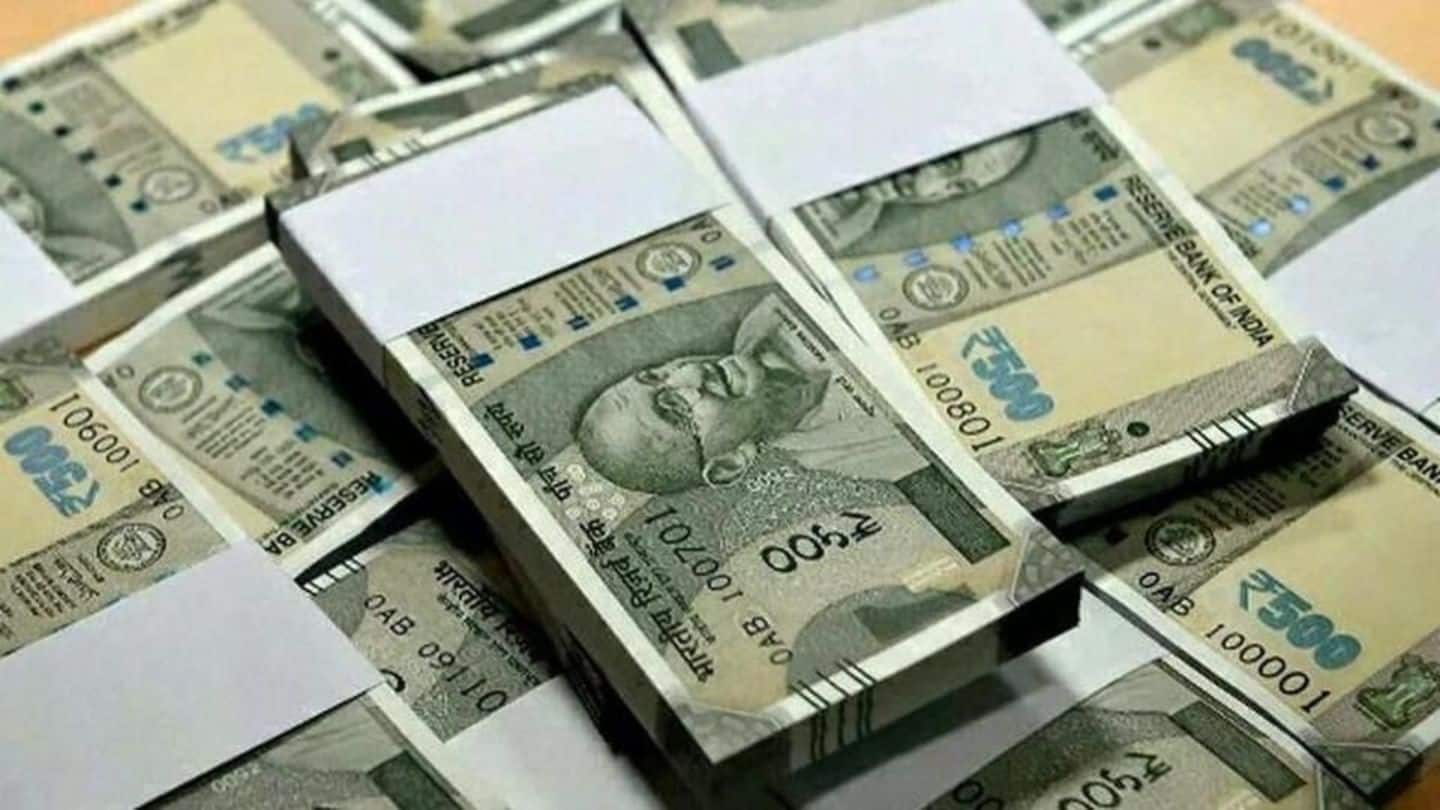
Demonetization recap: The curious case of missing Rs. 500 notes
What's the story
Demonetization is still fresh in our minds. After all, it was a big deal. In a single stroke, two major currency denominations, that were in use, became invalid and new notes were introduced. If you remember the situation correctly, you'll recollect that the new Rs. 2,000 notes were readily available but new Rs. 500 notes took some time to come in circulation. Here's why.
Modi
Rs. 2,000 notes were already in stock
The Reserve Bank of India already had a stock of around Rs. 4.95 lakh crore of new Rs. 2,000 notes, which could be sent out for circulation. So, when Prime Minister Narendra Modi announced that India will undergo demonetization, the stock was deployed. However, RBI didn't have new Rs. 500 notes in stock, because they were introduced in the system later.
Presses
Where was it all being printed?
There are, in total, four currency note printing presses in India. RBI has presses at Mysuru (Karnataka) and Salboni (West Bengal), while the other two are Security Printing and Minting Corp of India Ltd (SPMCIL) presses in Nashik (Maharashtra) and Dewas (Madhya Pradesh). SPMCIL was formed in 2006 and is a government owned enterprise. It mints coins, prints notes and non-judicial stamps.
SPMCIL
A late start
Rs. 500 note's design was with Mysuru press prior to demonetization announcement, and RBI had started printing, but it was not enough. SPMCIL press at Dewas started printing from the second week of November and Nasik began from the fourth week of the month. SPMCIL prints currencies according to RBI directives, however, during demonetization it started printing Rs. 500 notes without any predetermined limit.
Time
Cutting short the required time
Printing a currency note takes 40 days. Post-demonetization, it was achieved in 22 days. Shipment of raw materials, which takes 30 days, was completed in 2 days and dispatch to RBI's remote chests was made in 1-1.5 days from 10-11 days. Currency paper has highly sensitive security thread embedded in it. Once set for print, the final note gets ready on the 16th day.
Ink
Going the extra mile
The printing presses used indigenous paper, developed by paper mills in Hoshangabad and Mysuru for the first time. Imported paper was also used as there was a shortage. An in-house ink was used for Rs. 500 notes in Nashik and Dewas presses. At RBI presses it was imported. All the presses deployed extra manpower and overtimes were carried out to meet the note deficit.
Printing
How was it carried out?
Ideally, SPMCIL presses are capable of producing 7.2 billion and RBI presses 16 billion pieces a year. During demonetization, SPMCIL was given the target of printing 900 million pieces of Rs. 500 notes by December 30. The burden of printing Rs. 500 notes was distributed between SPMCIL and RBI presses in 40:60 ratio. RBI presses have the monopoly of printing Rs. 2,000 notes.
Production
Rs. 500 notes' production is still in full swing
Reports are afloat that the government is now slowing down the printing of Rs. 2,000 notes. However, keeping in mind the demand, Rs. 500 notes' production is being further escalated. Now, that you are aware of the entire chain of events, you know why Rs. 500 notes were first seen at November-end and why it took one month for the situation to stabilize.